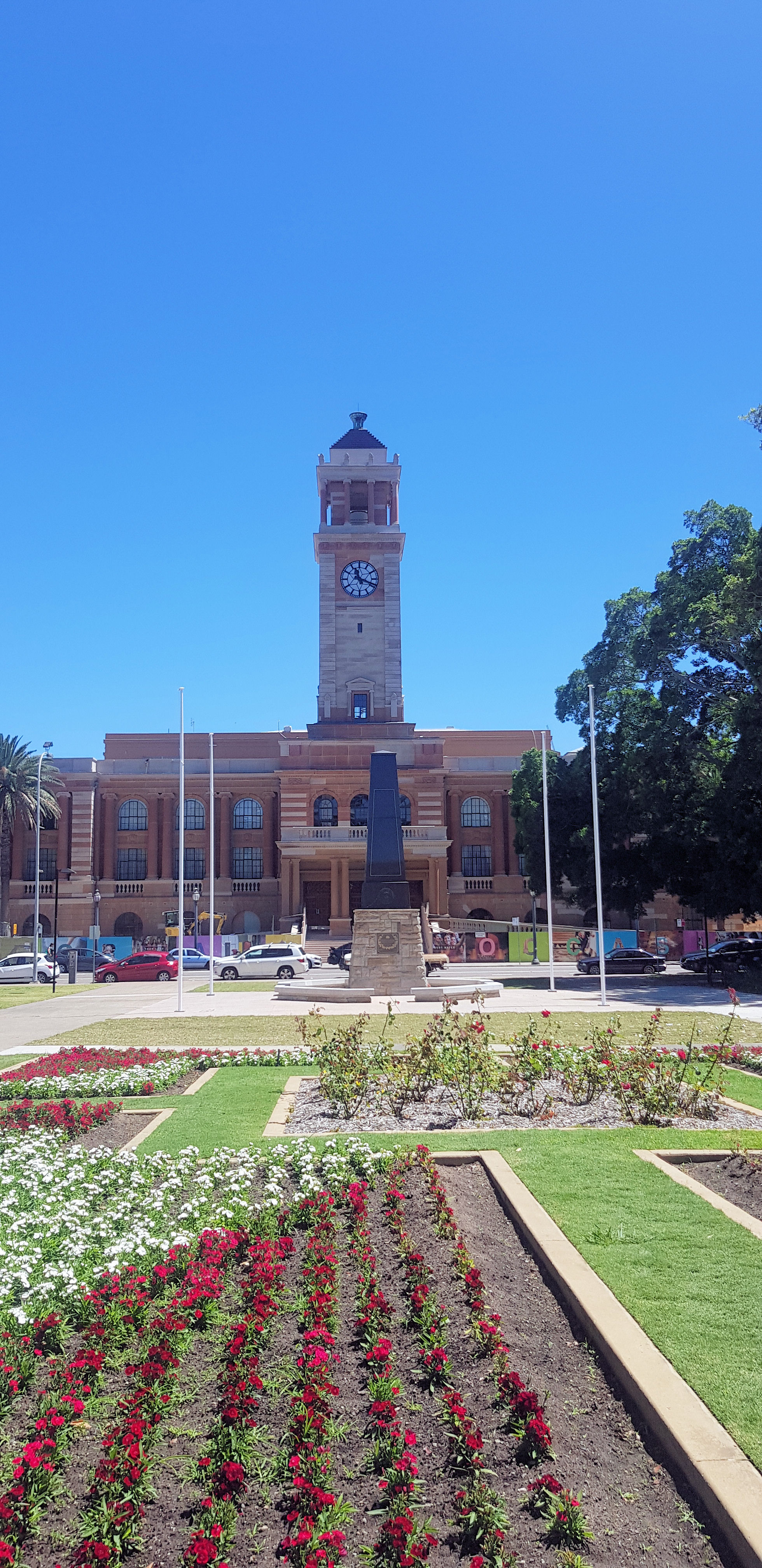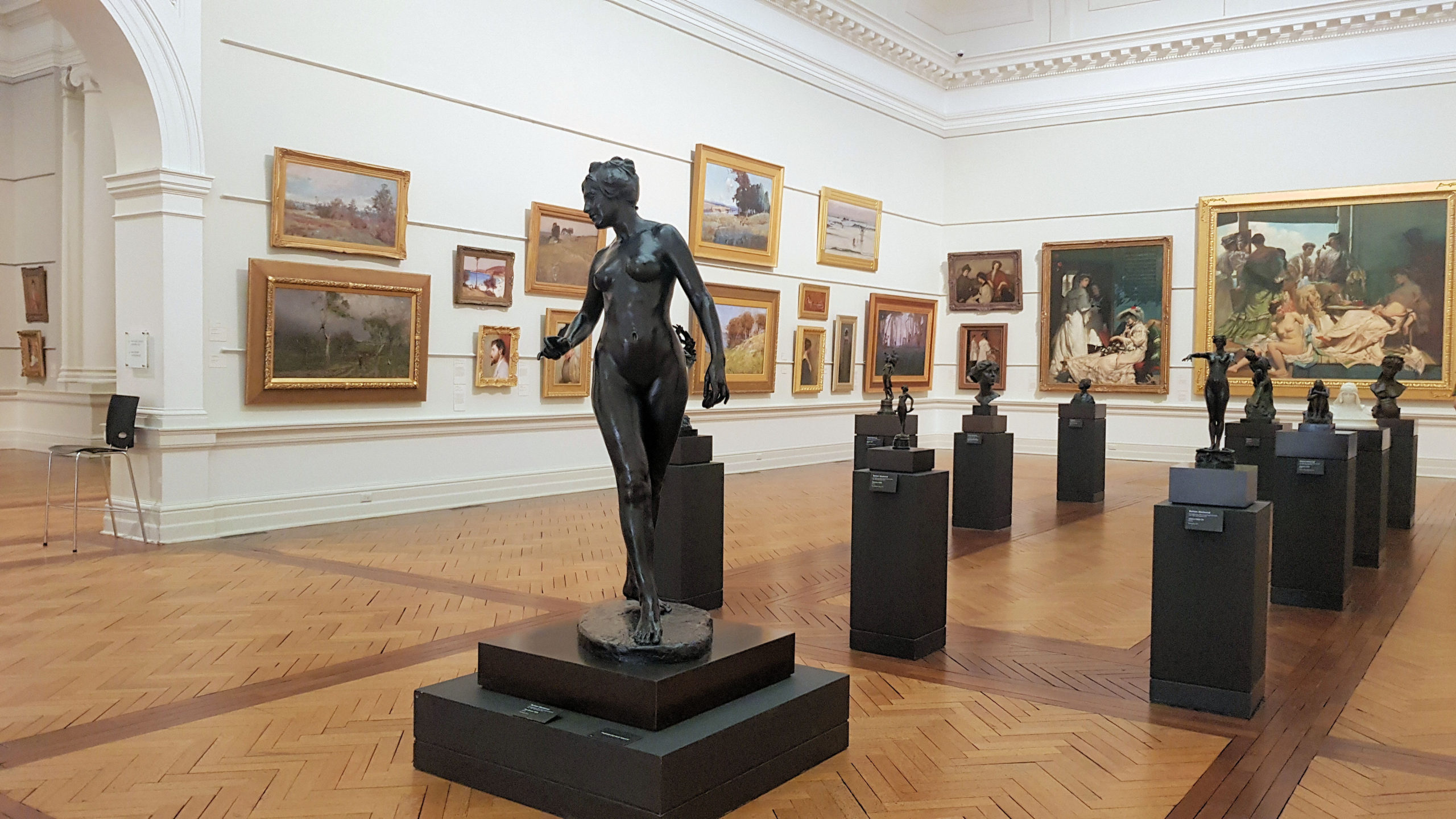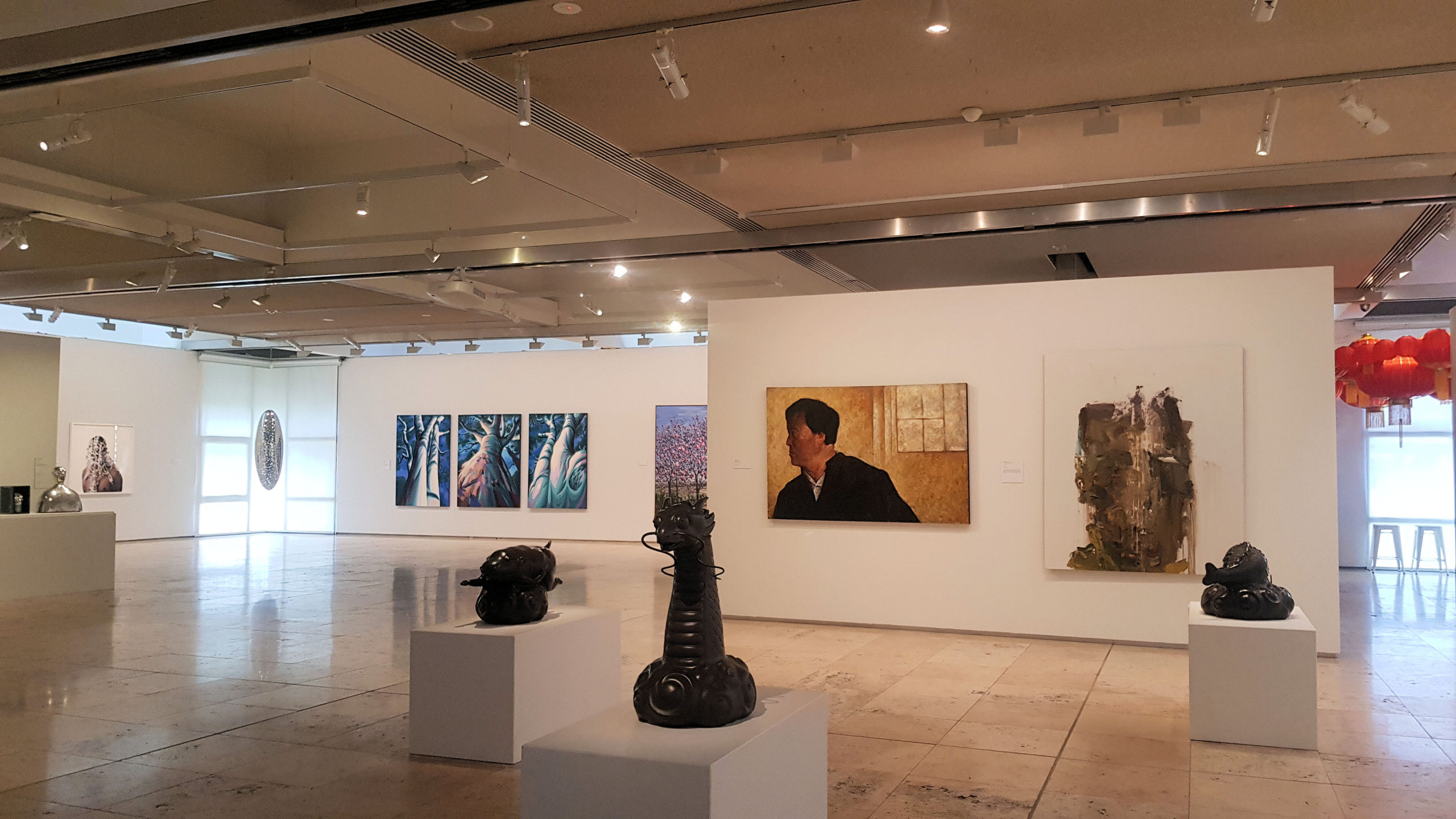Category: Building
Building
-
Civic Park Newcastle NSW Australia

Civic Park Newcastle Baptist Tabernacle Captain Cook Memorial Fountain Newcastle Art Gallery Newcastle City Hall Old Newcastle City Administration Centre The Roundhouse Shortland Centenary Fountain St Andrew’s Presbyterian Church Vietnam and National Service Memorial War Memorial Grove War Memorial Civic Park Civic Park is bordered by council buildings on one side and the art gallery… Read more
-
Art Gallery of New South Wales

Art Gallery of New South Wales Located in the Domain, the Art Gallery of New South Wales opened in 1885 with two picture galleries. Over time additional wings and a foyer expanded the building to its current size. Entry is free to the general collection, although entry to any special events or exhibitions is not.… Read more
-
Newcastle Art Gallery New South Wales Australia

Newcastle Art Gallery Located in Laman Street Cooks Hill above Civic Park, the Newcastle Art Gallery contains an impressive art collection, primarily Australian artists. Limited display area restricts the number of art works on display, but a rotation ensures new works every few months. The large sculpture of a nest and giant egg mark the… Read more